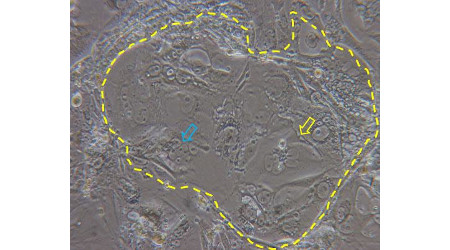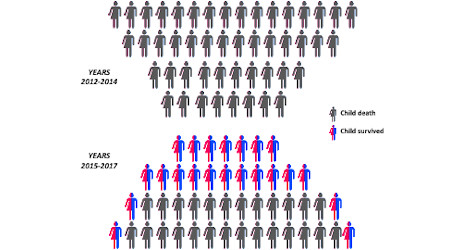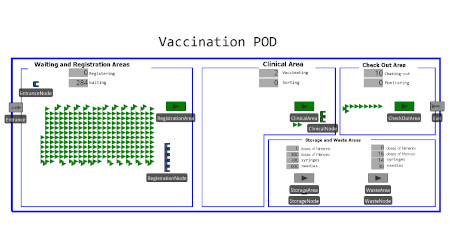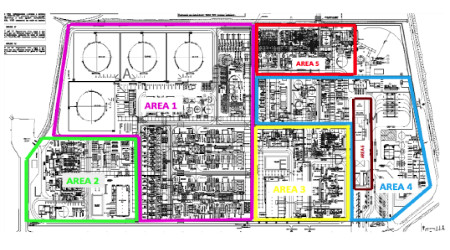Adverse health effects have been reported in workers exposed to inhaled aller-gens. Allergic rhinitis is a heterogeneous disorder that significantly affects daily activity, work productivity, sleep, learning, and quality of life in all generations. Occupationally-related hazards which contribute to the development of allergic rhinitis represent an important avoidable cause of morbidity. The occupational ex-posure to chemicals or biological agents is the cause of high incidences of allergic rhinitis and this risk is high when the organization and preparation are inadequate and there is a lacking or insufficient information, education and communication. The prevalence of work-related rhinitis, which encompasses both occupational rhinitis and work-exacerbated rhinitis, is estimated to be 31–61%. Data on occu-pational rhinitis itself are scarce. Although work-related asthma and allergies are a huge burden for society, investigation of occupational exposures in early work life using an unexposed reference group is rare. Occupational allergic diseases are likely to worsen or become intractable as a result of continuous exposure to high concentrations of causative antigens, and are socioeconomically important diseas-es with which the patients might sometimes lose jobs due to work interruptions. It is important to adequately assess, communicate and manage risks in occupational chemical exposure settings with the aim to protect workers and the necessity to in-troduce periodic health examinations programs focusing on workers to monitor health and well-being and improve working conditions and the working environ-ment.






